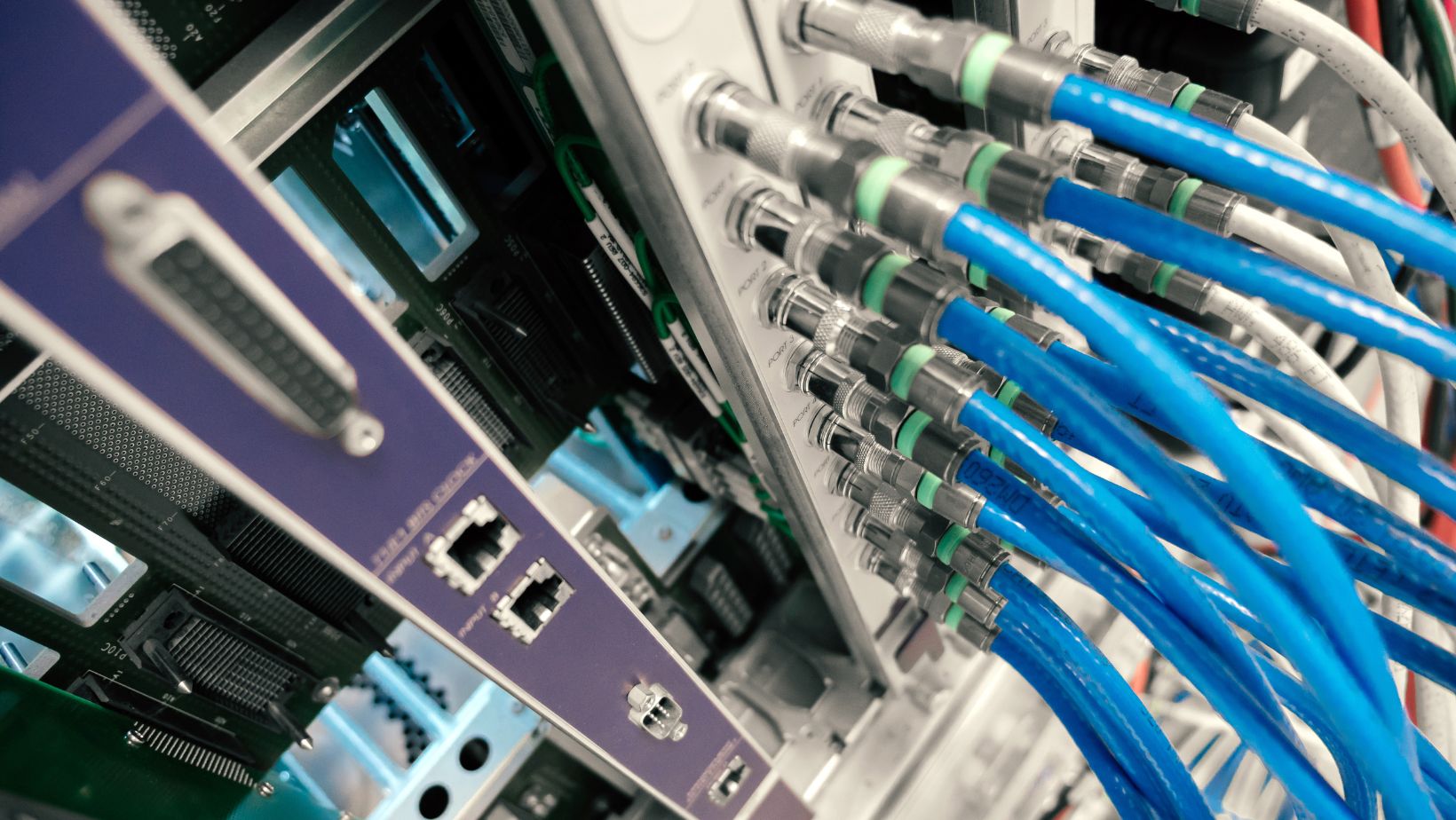
 Which Connection Technology Uses What is Known as a CMTS?
Which Connection Technology Uses What is Known as a CMTS?
Curious about the technology behind your internet connection? Wondering what a CMTS is and how it can improve your connection? Look no further! In this article, I’ll provide you with all the answers you need.
A CMTS, or Cable Modem Termination System, is a crucial component in cable broadband networks. It acts as the bridge between your cable modem and the internet service provider’s network. Essentially, it allows multiple users to connect to the internet simultaneously using a shared cable line.
By utilizing a CMTS, internet service providers can maximize their network capacity and deliver faster speeds to their customers. The CMTS manages data traffic efficiently by dividing it into smaller packets and distributing them among connected devices. This ensures that each user receives an optimal amount of bandwidth, improving overall performance and reducing congestion.
So how can you make the most of a CMTS to enhance your own connection? Well, for starters, ensure that your cable modem is compatible with the latest CMTS standards. Upgrading to a newer modem model will not only support faster speeds but also take advantage of advanced technologies implemented by ISPs.
Additionally, consider optimizing your home network setup by placing your modem in an open area away from obstructions and interference sources. This will help maintain a strong signal and minimize any potential disruptions.
Now that we’ve uncovered what a CMTS is and its impact on your connection quality, let’s dive deeper into the fascinating world of cable broadband technology. Get ready for some eye-opening insights!
What is a CMTS?
Let’s dive into the world of connection technology and uncover the mystery behind what a CMTS actually is. CMTS stands for Cable Modem Termination System, and it plays a crucial role in providing high-speed internet access to cable subscribers.
In simple terms, a CMTS acts as the bridge between your cable modem and the internet service provider (ISP). It enables bi-directional communication between your devices and the ISP’s network, allowing you to send data upstream (from your device to the internet) and receive data downstream (from the internet to your device).
Think of a CMTS as a traffic controller that manages all the data flowing through the cable network. It receives requests from multiple cable modems connected to it and forwards those requests to their respective destinations on the internet. This efficient routing helps ensure smooth and reliable connectivity for users.
Cable providers typically deploy CMTSs in their headend facilities or distribution hubs, where they serve multiple neighborhoods or regions. These powerful devices can handle large volumes of data traffic simultaneously, supporting hundreds or even thousands of cable modems at once.
By using a CMTS, ISPs can optimize network performance, allocate bandwidth efficiently among subscribers, and implement security measures such as encryption. This technology also allows for advanced features like Quality of Service (QoS) prioritization and provisioning different levels of service based on subscription plans.
So next time you enjoy streaming your favorite movies or engaging in online gaming without any hiccups, remember that it’s partly thanks to this essential piece of connection technology known as a CMTS working behind the scenes to deliver fast and reliable internet access straight to your home.
Now that we have demystified what a CMTS is, let’s explore how you can leverage its capabilities to enhance your own connection experience.

How Does a CMTS Work?
A Cable Modem Termination System (CMTS) plays a crucial role in enabling high-speed internet access through cable networks. But how exactly does it work? Let me break it down for you:
- Gathering Signals: The CMTS acts as the central hub that connects the cable network to the internet. It receives signals from multiple cable modems within its coverage area.
- Downstream Communication: Once the CMTS receives these signals, it processes and forwards data packets from the internet to the respective cable modems. This downstream communication allows users to access websites, stream videos, and download files at high speeds.
- Upstream Communication: In addition to downstream communication, the CMTS also handles upstream traffic efficiently. When you send an email or submit a form online, the data is transmitted from your cable modem to the CMTS, which then relays it to its intended destination on the internet.
- Channel Allocation: To ensure optimal performance and minimize interference between different users’ connections, the CMTS allocates specific channels for upstream and downstream communication. These channels act as dedicated pathways for data transmission.
- QoS Management: Quality of Service (QoS) management is another critical function of a CMTS. It prioritizes different types of network traffic based on their importance or urgency, ensuring smooth performance for time-sensitive applications like video streaming or online gaming.
- Security Measures: A CMTS also incorporates various security measures to protect users’ data and prevent unauthorized access. Encryption protocols such as DOCSIS (Data Over Cable Service Interface Specification) are used to secure communications between cable modems and the CMTS.






